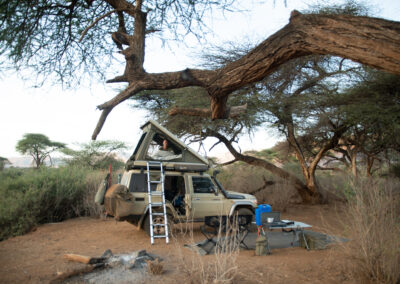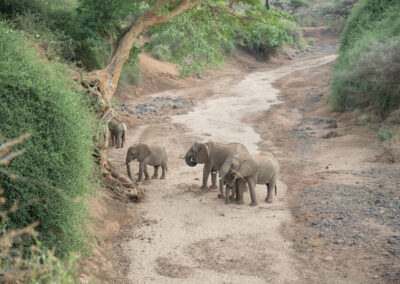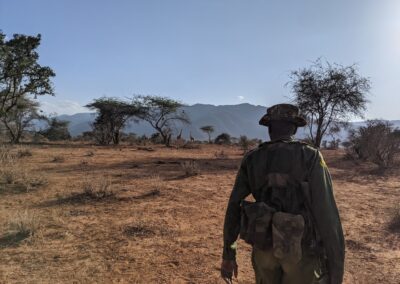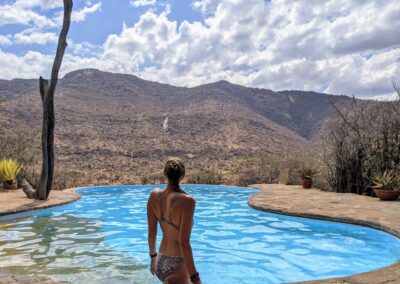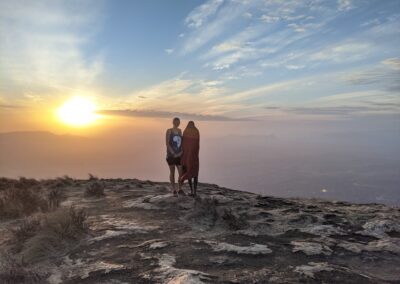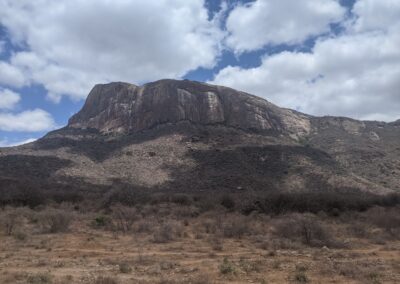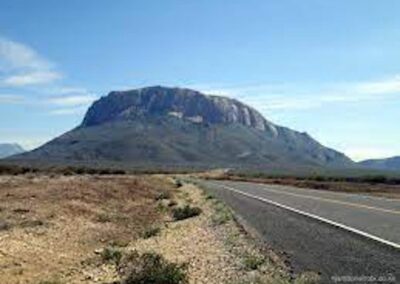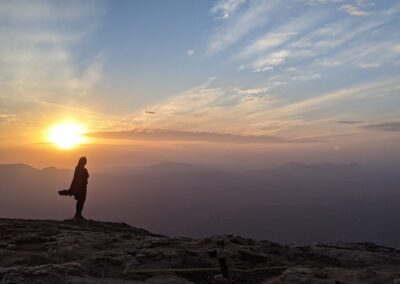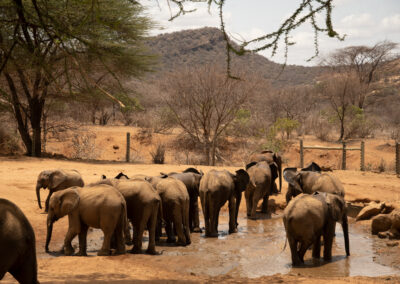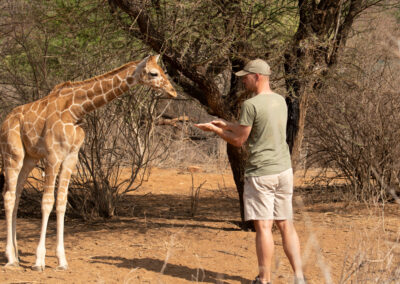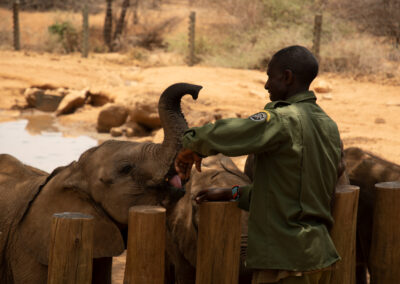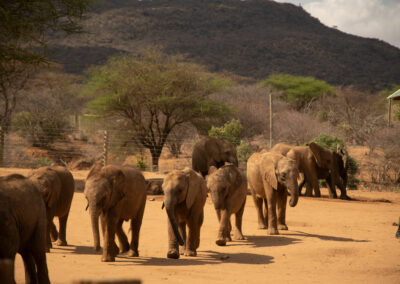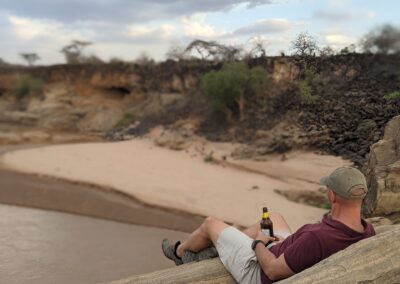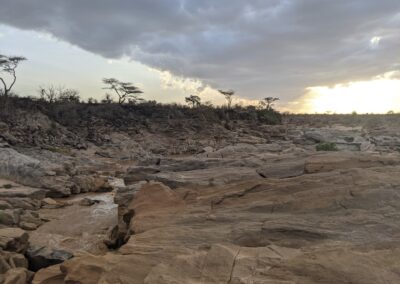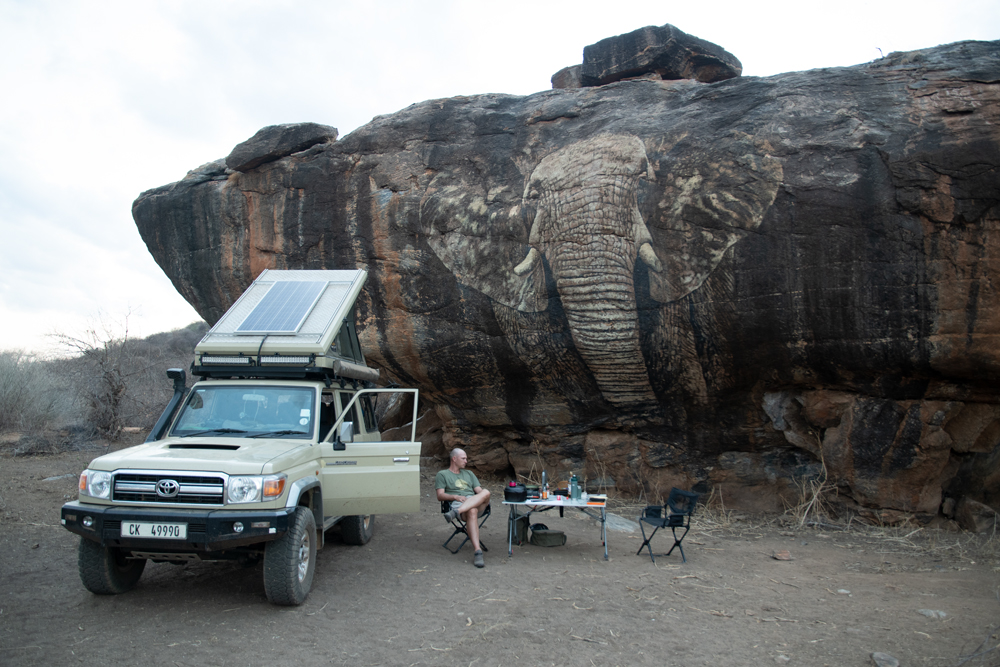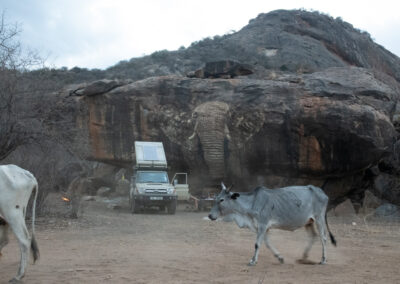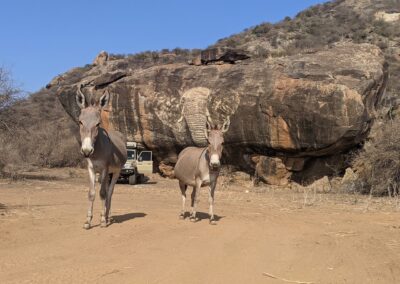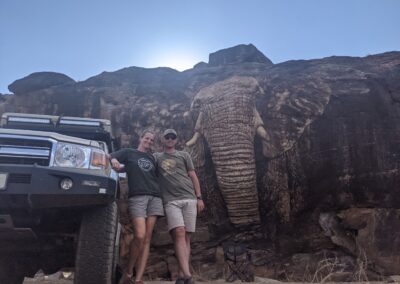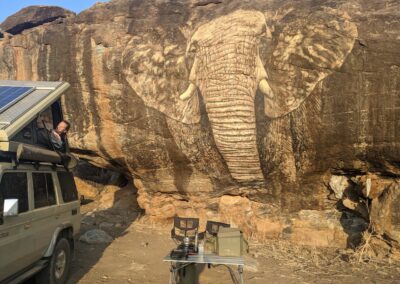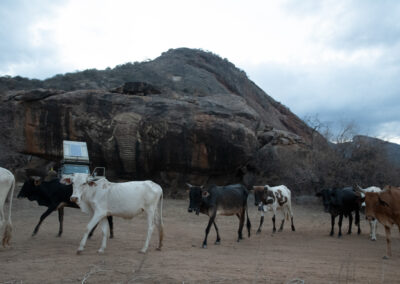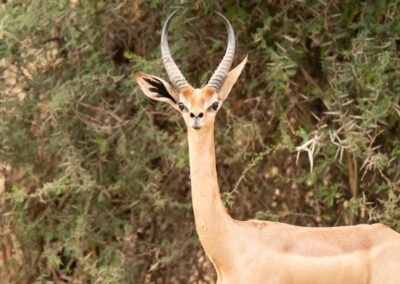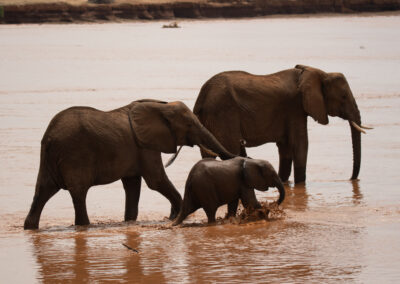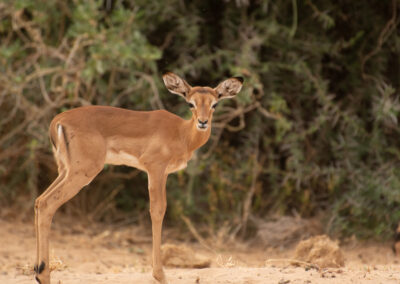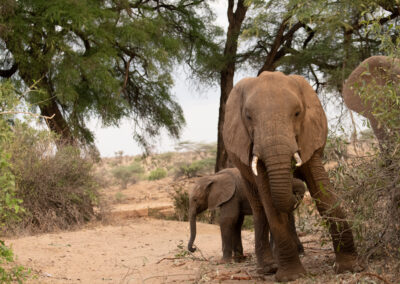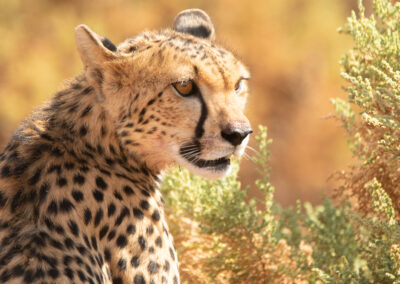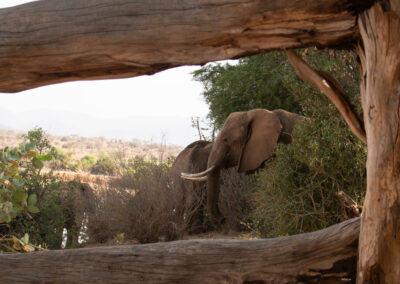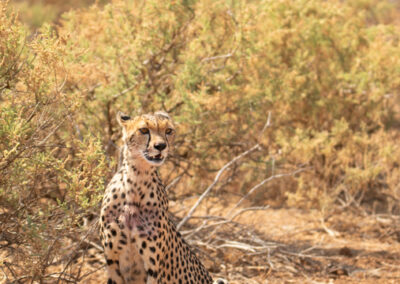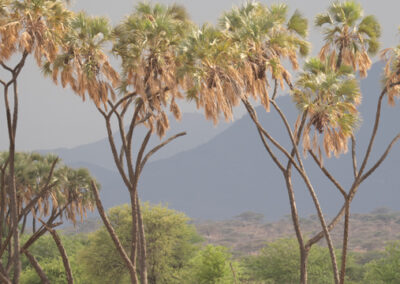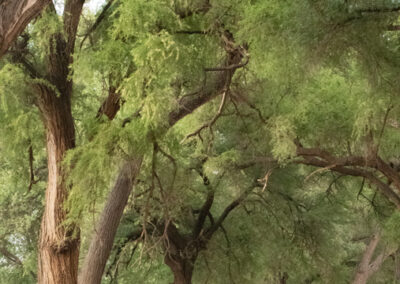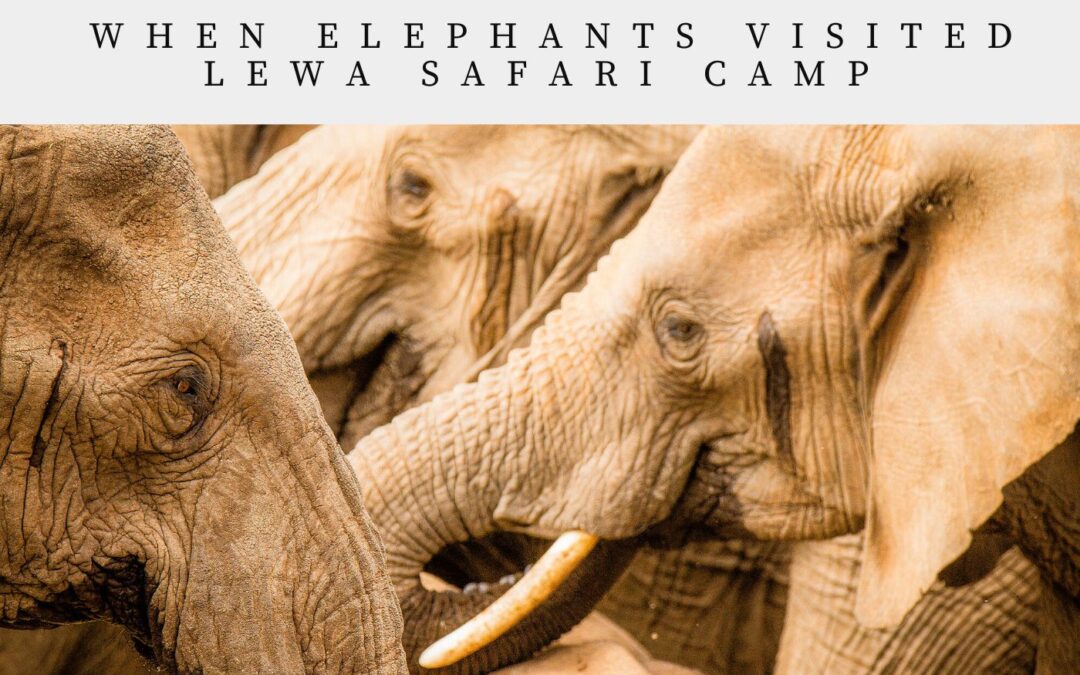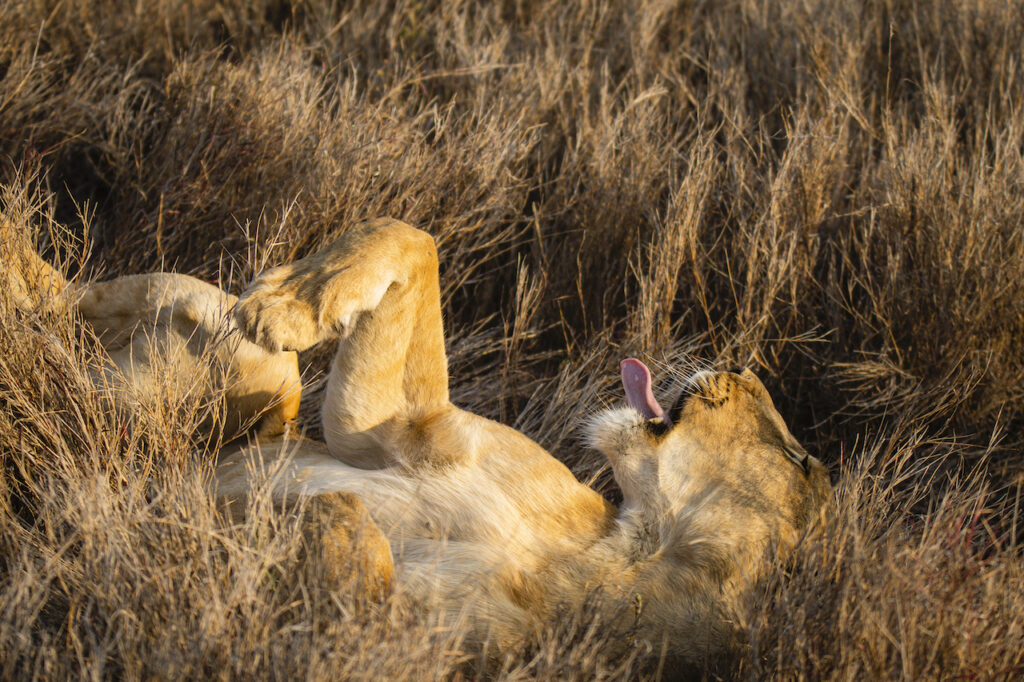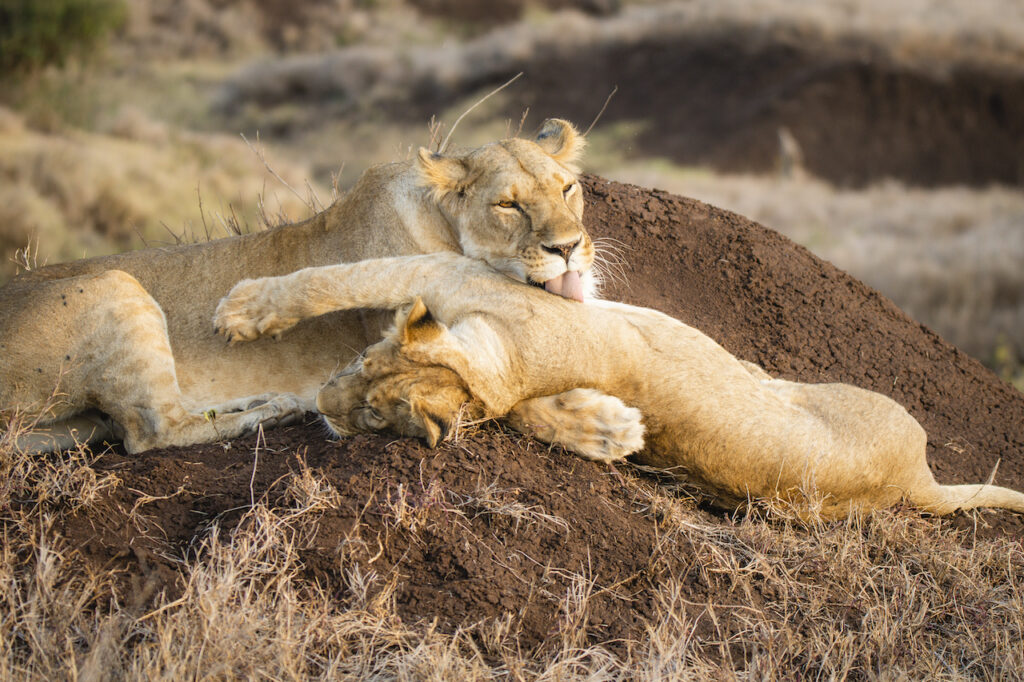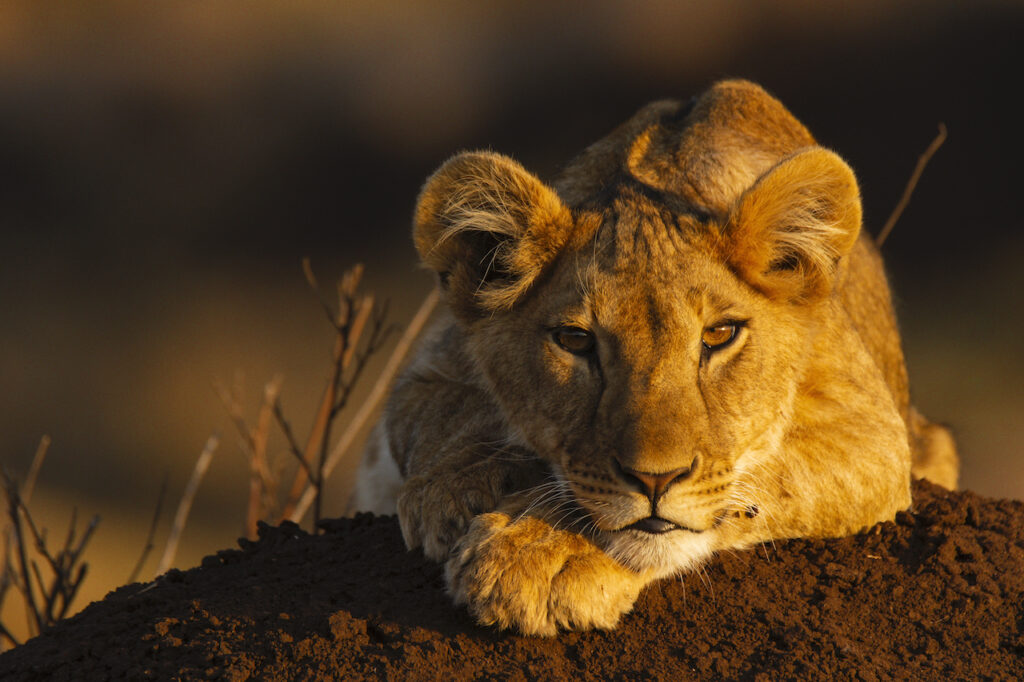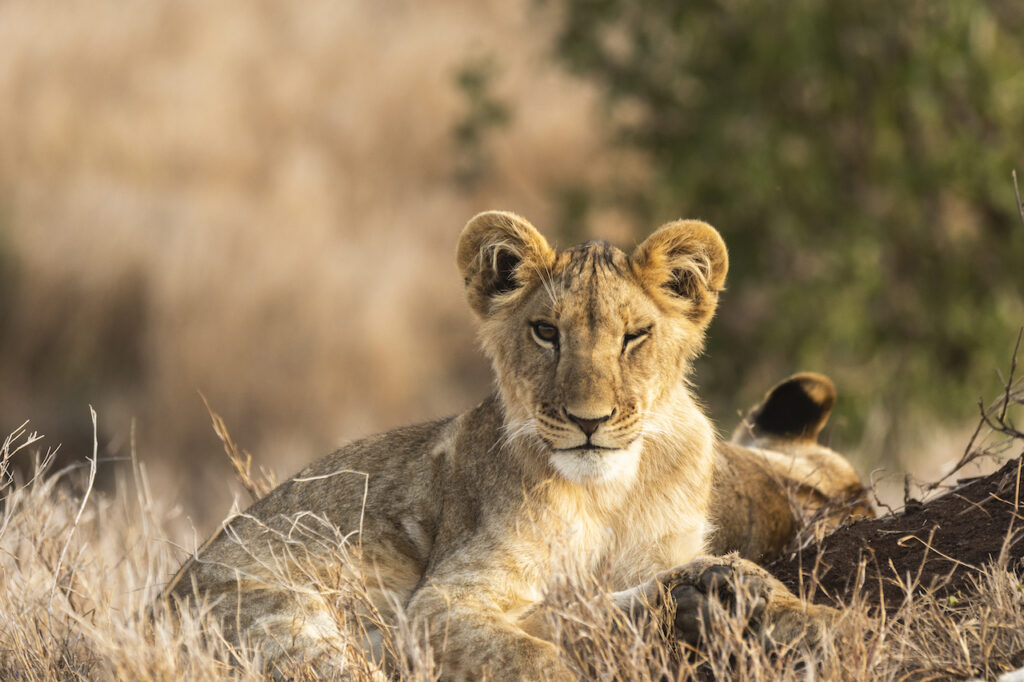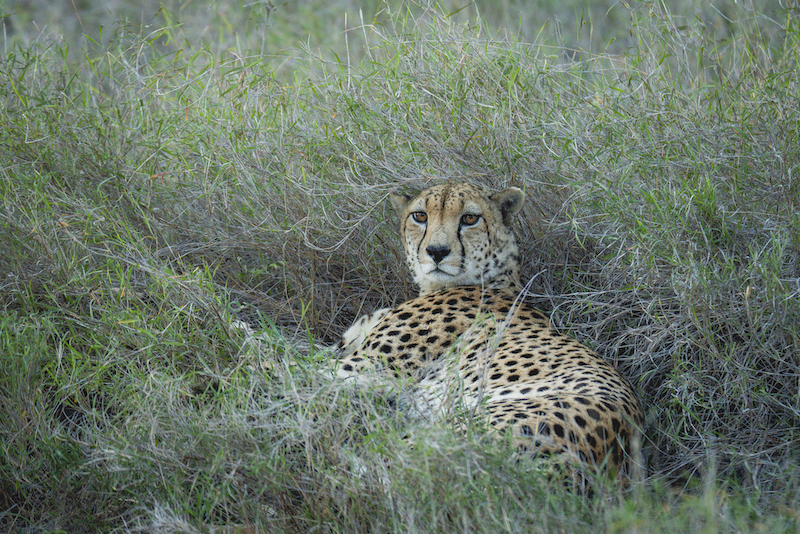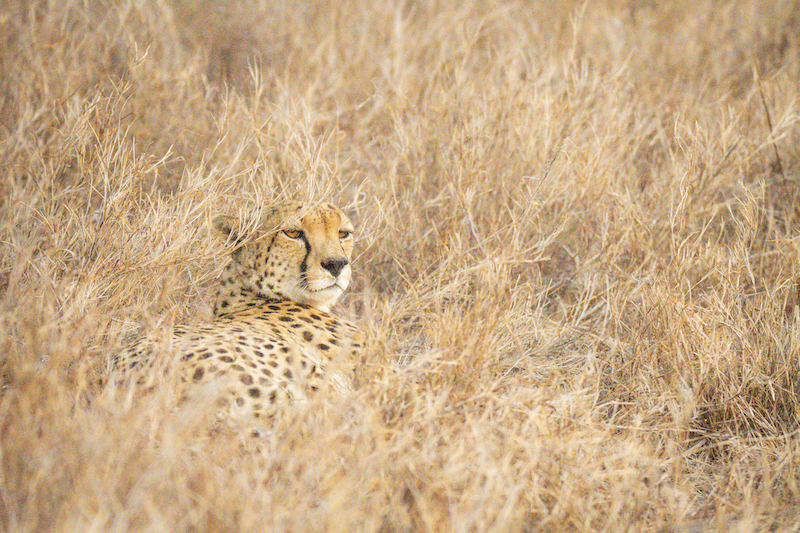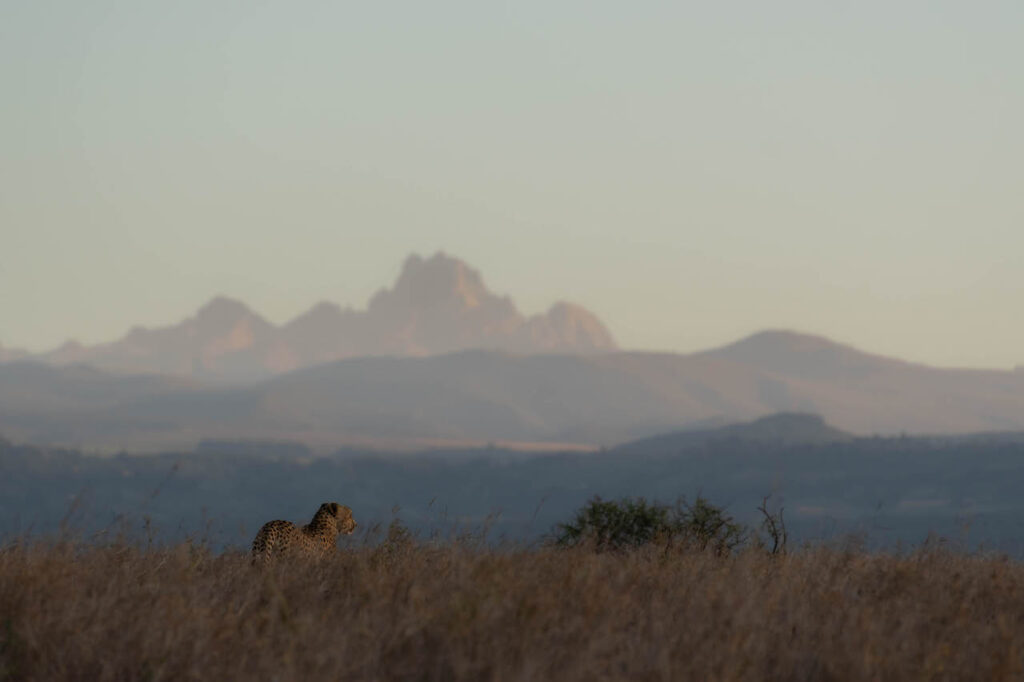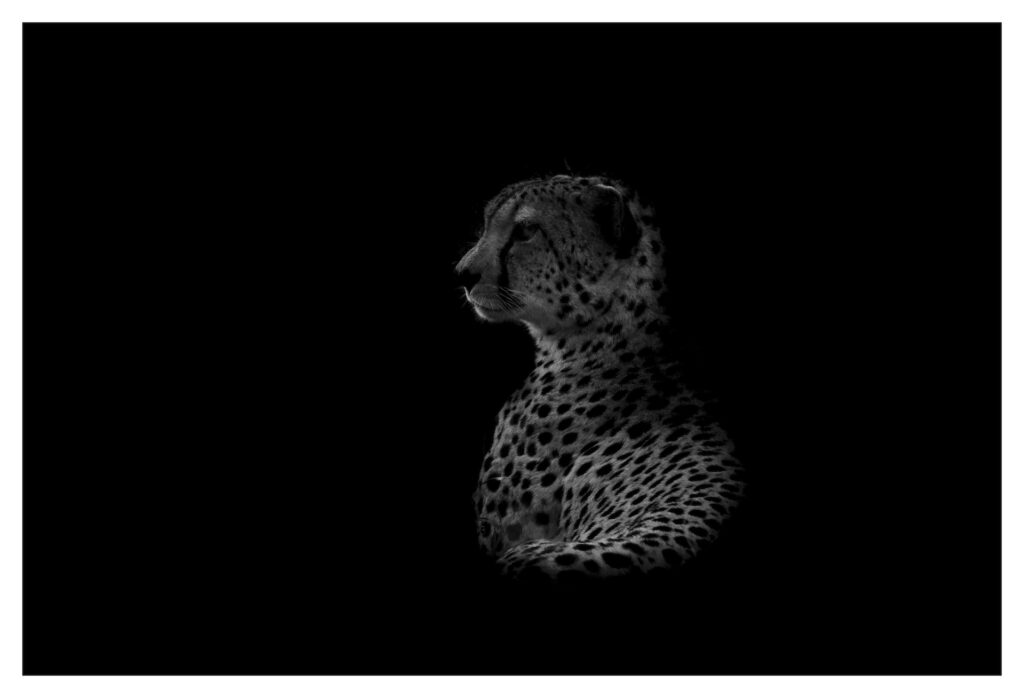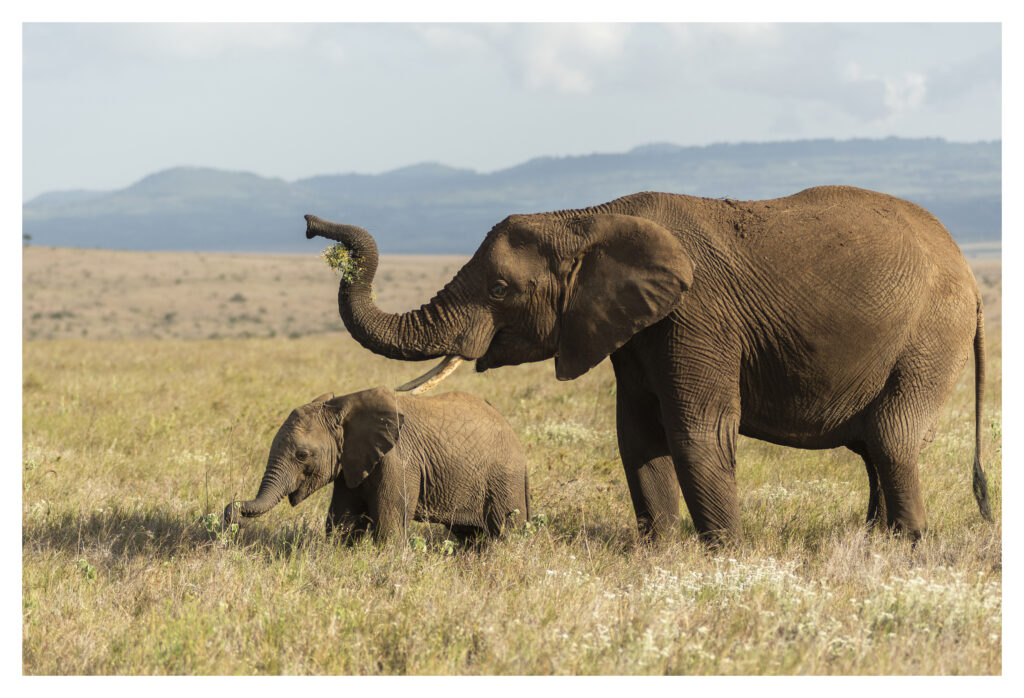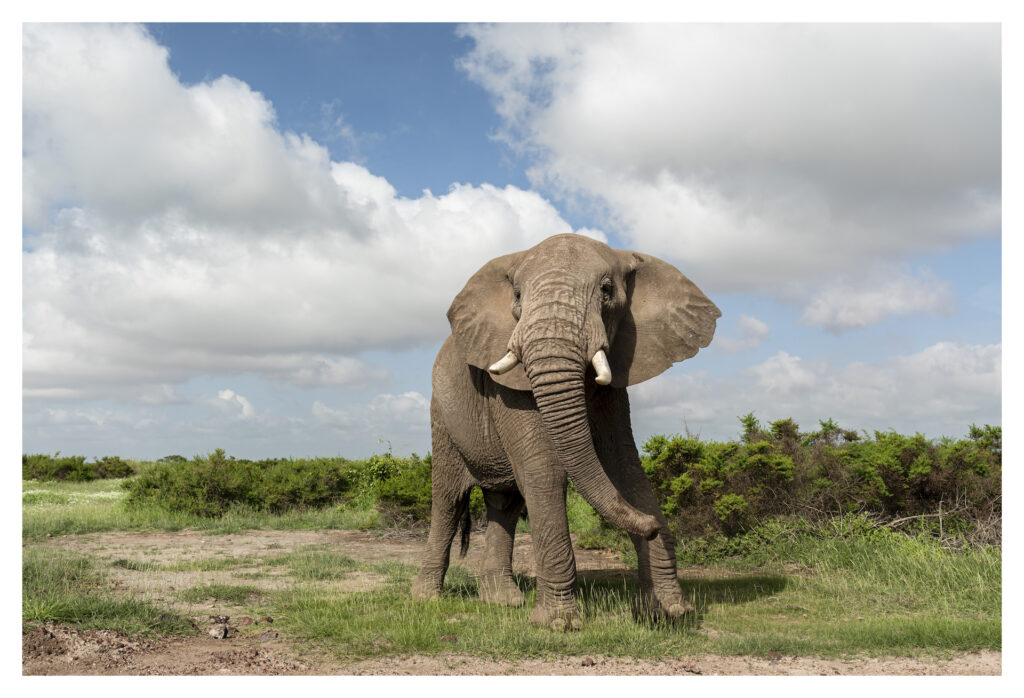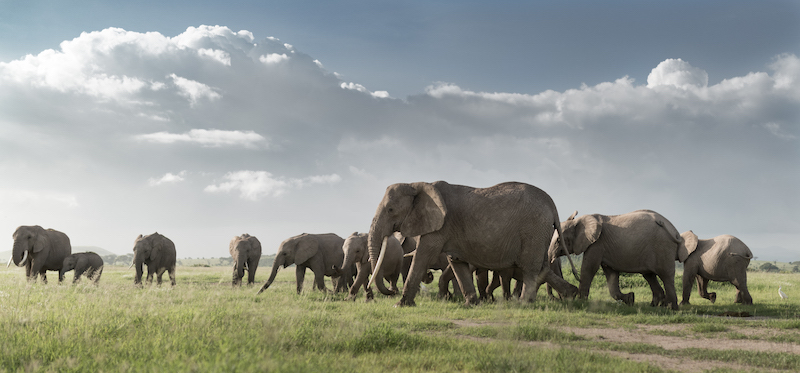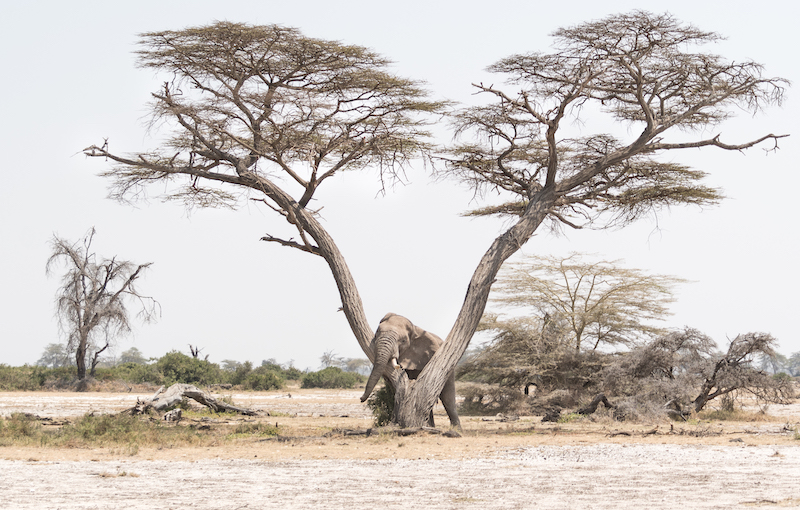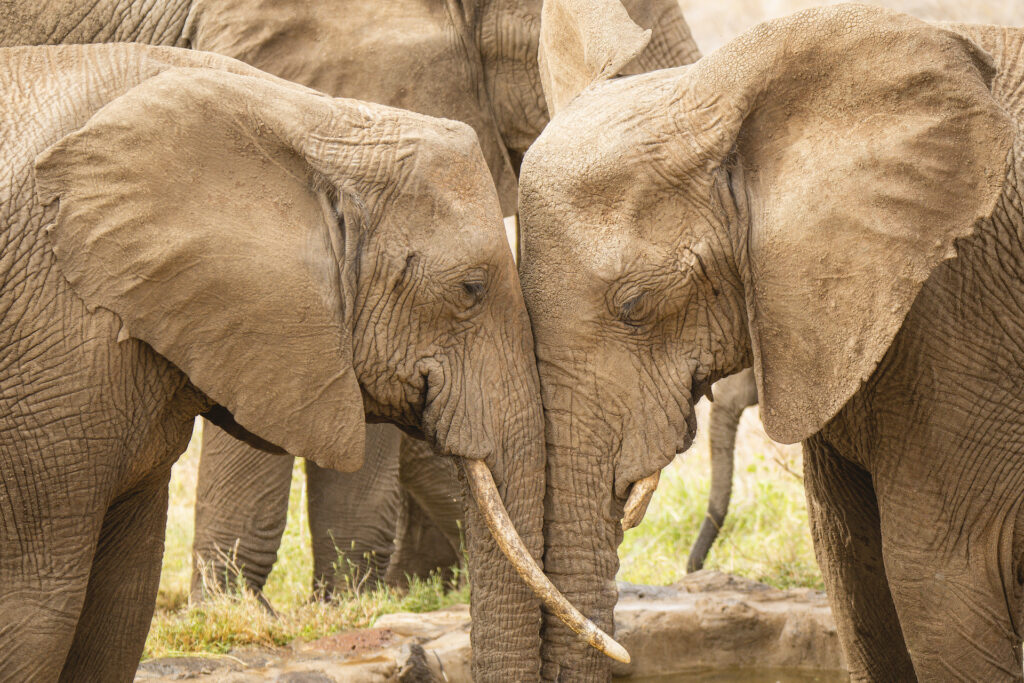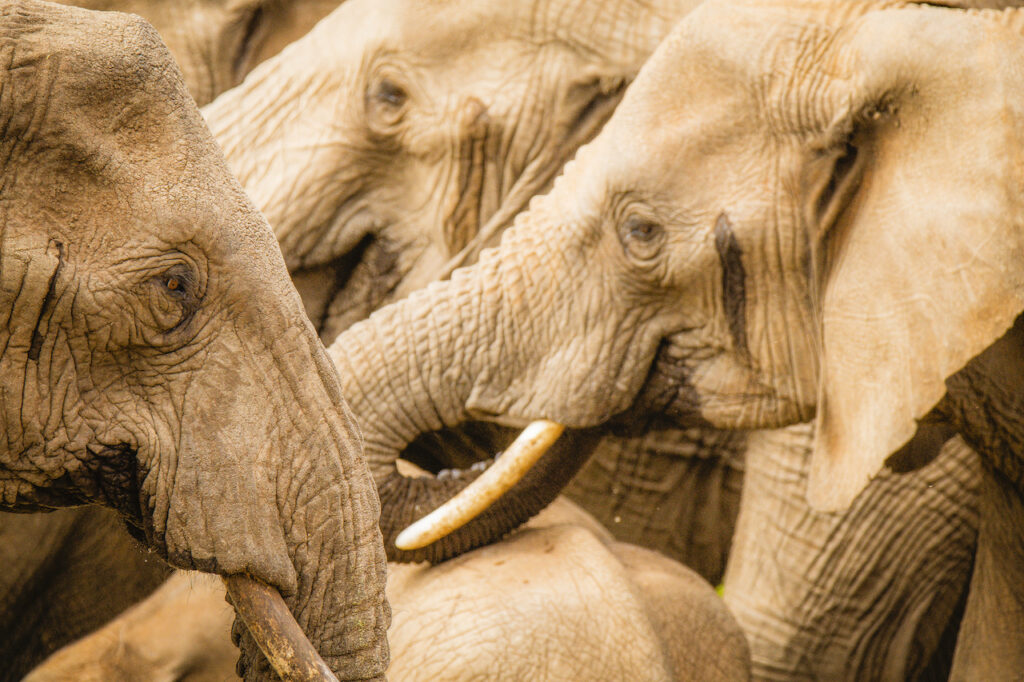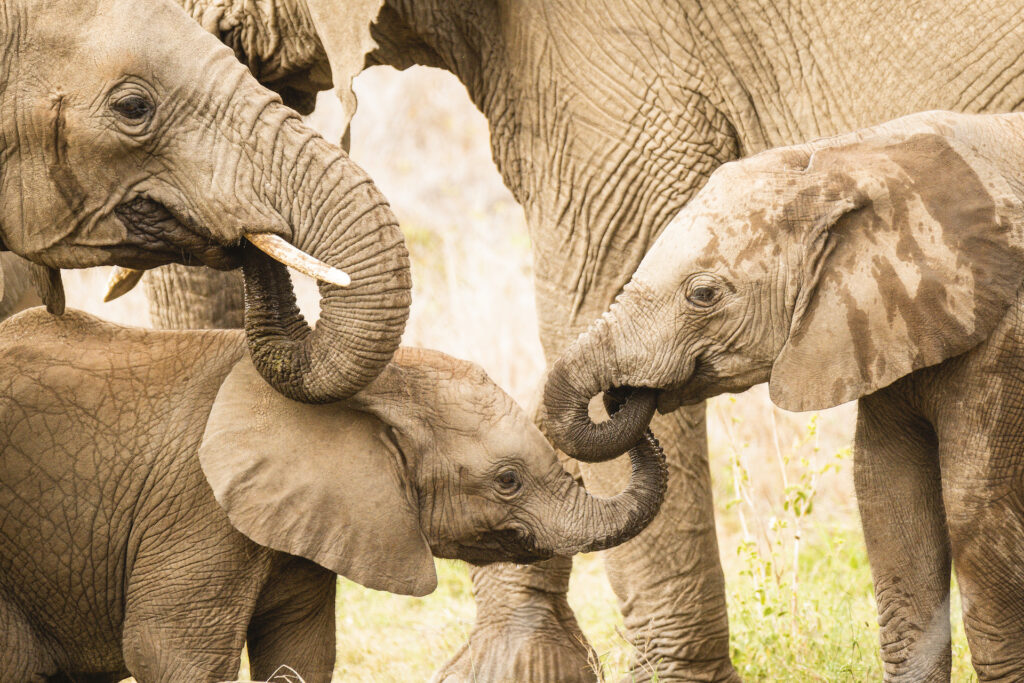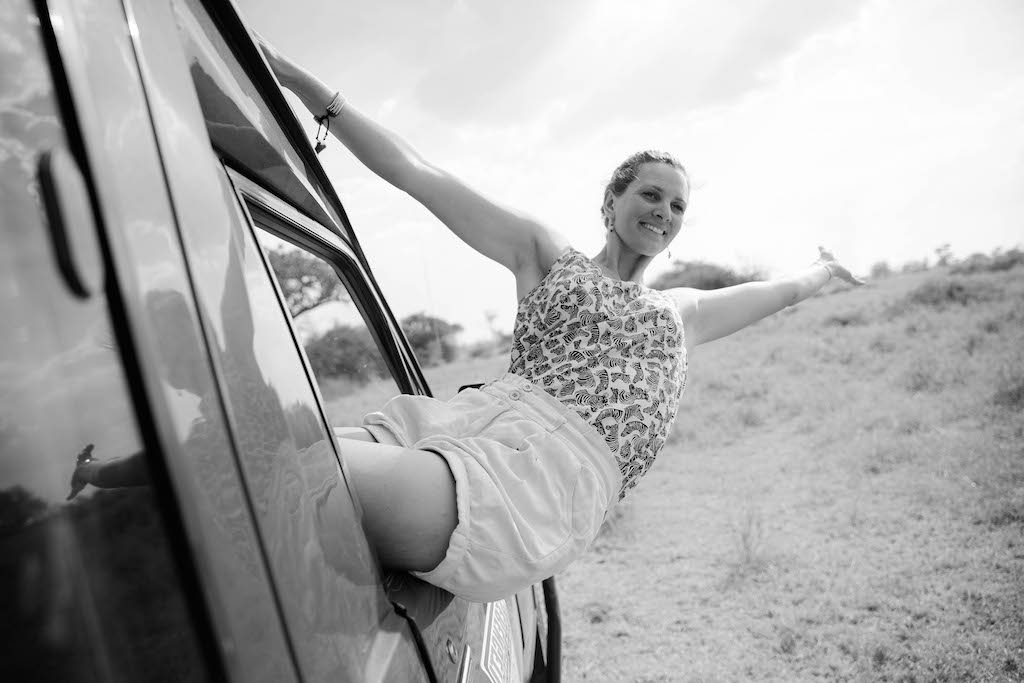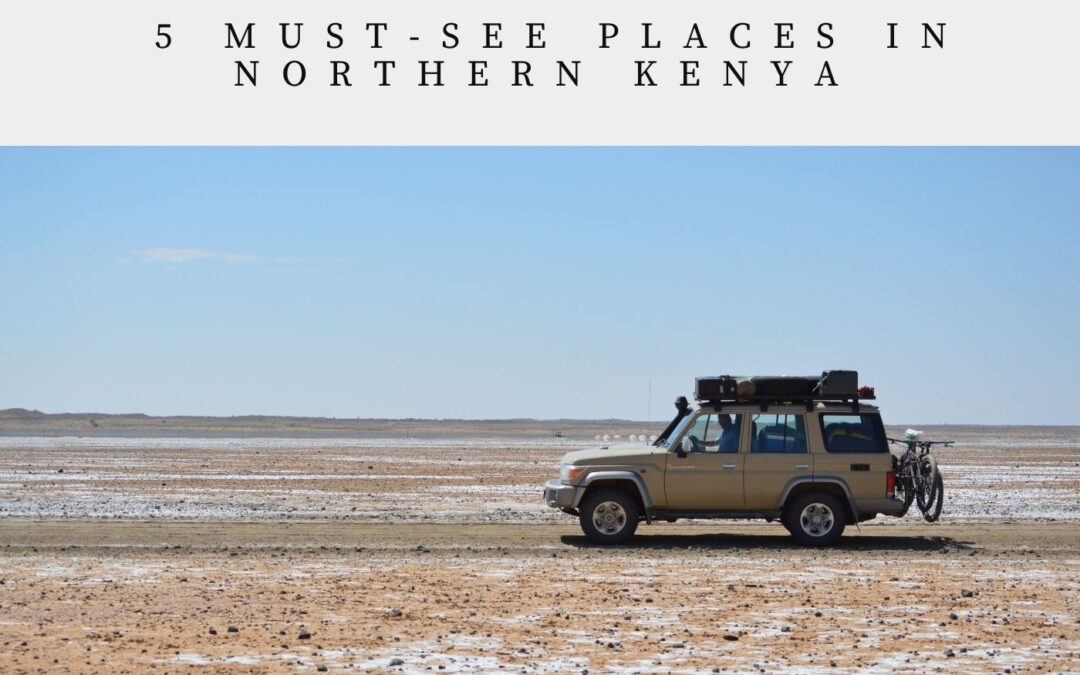
5 must-see places in Northern Kenya
We have just come back from a short 10-day road trip around north Kenya. This blog post will briefly explain the route of the whole trip and a bit of information about the 5 must-see places in Northern Kenya. Future blog posts will go into detail about each place related to our trip specifically.
The route
Day 1 – Lewa – Il Ngwezi
Day 2 – Il Ngwezi
Day 3 – Il Ngwezi – Sabache Camp at the foot of Mt Ololokwe
Day 4 – Climb Mt Olokwe – Lion Cave Camp.
Day 5 – Lion Cave camp – Reteti Elephant Sanctuary
Day 6 – Reteti Elephant Sanctuary – Elephant Rock
Day 7 – Elephant Rock – Isiolo (food top-up) – Samburu
Day 8- Samburu
Day 9 – Samburu
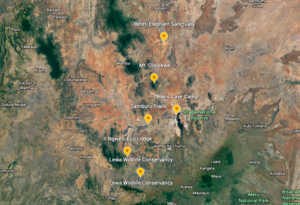
5 must-see placed in Northen Kenya
Day 10 – Samburu -Lewa
5 MUST-SEE places in Northern Kenya
2. Mt Ololokwe
3. Reteti Elephant Sanctuary
4. Elephant Rock
5. Samburu
The total driving time between each destination was no longer than 3 hours or no more than 100km, this makes it is a great trip for those who don’t like long days in the car. It also means you have more time to rest and relax as you are not having to get on the road so early in the morning to make your drive to the next place. This was a part of the trip that I LOVED! Don’t get me wrong I love road trips but in Africa, the distances tend to be far and the drives long. Consequently, you do spend a lot of the day in the car getting to your destination as well as a lot of time in the car on safari. I also loved that this trip was active, we climbed a mountain, we went for hikes, walking safaris and I even managed to fit in a run! Let’s have a look in more detail at the 5 must-see places in North Kenya:
Il Ngwezi
This is probably not on a lot of lists in Northern Kenya THE PLACE to visit, but that’s what also makes it THE PLACE to visit. We were the only visitor in the whole conservancy, of course, a lot of this has to do with covid, but generally, it’s not a busy place. Il Ngwezi Eco Lodge is a community-owned and run lodge in Kenya. It is run by the Laikipia Maasai people for the sake of the conservation of the wilderness and the animals.
Activities: The lodge does have a game viewer, or you can drive your own car, however, we didn’t really safari by car at all. Instead, we went on walking Safaris with the ranger, the geography is perfect for walking safaris as it is quite open so you can see the animals from a long way off, there are also no buffalo so you don’t have to worry about bumping into them as you walk. Other activities offered include; visits to the Maasai village, spa treatments, bush breakfasts, visiting Mukogodo Forest and walking to the rhino sanctuary.
Animals: The area has a lot of reticulated giraffes as well as gerenuk, impala, lion, kudu, waterbuck, hyena, leopards (although very rare to see) and elephants.
Mt Ololokwe
The sacred mountain of Ololkwe. The recognisable flat top of Mt Ololokwe makes for a wonderful hiking destination. The hike is 4.32 Km long up and then the same back again. It takes around 2 hours to climb if you’re going at a good pace, longer if you stop and take rests. It is 2,000m high. It is very steep at the start and then gets easier, it’s not an easy climb so prepare to be out of breath! Top tip, start your climb early (4:00 am) to get t the top for sunrise it will be cold but worth it for the view!
Accommodation: We camped at Sabache camp (named after one of the smaller mountains adjoined to Ololkwe), it is the perfect location for the hike as it is literally at the foot of the mountain so you basically begin your uphill climb straight away. The campsite is very basic but it does have a clean toilet (long drop compost toilets) and cold showers. There is a young Maasai as security to watch over your stuff as there are monkeys around camp so be careful of leaving food out. Sabache also has a lodge that looked like when it was in its prime it would have been great. The views from the rooms and the generous balconies are certainly amazing but, unfortunately, it has been left to go downhill and it certainly needs some work doing to restore it to its former glory days.
Activities: Climbing My Ololokwe is the obvious one you can also camp on the top of the mountain which we didn’t do but I think if we went again we would. There are also other not so strenuous walks you can do that will still award you a pleasant view including climbing Mt Sabache. The website also claims other activities including cultural visits, night wildlife safaris (although their land rover game viewer was ‘parked’ in the campsite and looked like it hadn’t moved in a very long time), visiting the singing wells and camel safaris. It is also well located for day safaris into the local parks including Samburu and Shaba.
Animals: Plenty of monkeys around the campsite and genets at night time as well as elephants in camp waking us up at night. The elephants actually walk up the mountain to get water from the permanent springs so be aware when hiking up, especially if hiking in the dark. We also saw lots of leopard tracks.
Reteti Elephant Sanctuary
My favourite part of the trip! This again is a community-owned and run sanctuary, the community came together to provide a refuge for all of the baby elephants who were being abandoned by their mums (due to drought) separated from their mums, had fallen in wells and were unable to get out or were injured or otherwise needing help. The sanctuary started in 2016 and they now have 33 orphaned elephants and have already reintroduced 12 back into the wild. They also have 4 baby reticulated giraffes and 2 kudus.
Accommodation: Again if you are self-sufficient you can ask permission to camp at the elephant rock (more info in the next part) but other than that there is no accommodation so you need to find a place nearby. Lion cave camp is a very nice, affordable site. We did plan to camp there but you couldn’t access the campsite by car (our tent is a rooftop tent) so we decided to get a room instead. The rooms are varied in price but we actually went for the most expensive ($75 for 2 people with breakfast). Our room had a beautiful view over the Ewaso Nyiro river which I would have loved to splash around in (it’s very hot!) except for the fact that there are crocodiles everywhere! The perfect activity here is sundowners on the rock overhanging the river.
Activities: Feeding baby giraffes (my highlight!) and watching the caretakers feeding the baby elephants. You also get a tour of the kitchen and learn what the elephants get fed (spoiler: it involves goats milk and human baby formula) and how they mix the formula. The elephants get fed every 3 hours and they are literally trying to break down the fence to get their bottle. When the gates are opened they come running and trumpeting to their keeper demanding their milk. When their bellies are full they then splash around in the mud and play in the water, it’s truly a magical experience.
Elephant Rock
The Elephant rock, the place where the elders met to discuss the start of Reteti Elephant Sanctuary. Since the start of Reteti a French artist, Youri Cansell, painted the elephant on the rock, it’s an impressive mural and an amazing place to be able to camp for the night.
Accommodation: What you see is what you get, if you want to camp here, as I said before, you need to be self-sufficient. There are no facilities so make sure you have enough water and food. You also need to arrange with Reteti beforehand so they can organise rangers for you, you have to have 2 rangers with you throughout the night for safety reasons. Generally, you don’t notice they are there are they are patrolling the area so you are left to feel like you are camping alone under the stars guarded by this magnificent elephant.
Activities: You are of course very close still to Reteti Elephant sanctuary so you can go there and see the elephants and giraffes, you can also do hikes and walks around the area with your ranger. There are many hills to climb which offer great views, and there is also plenty of wildlife around to be able to do a walking safari.
Samburu
Lastly, we visited Samburu National Reserve. Famous for its ‘Special five’ including Reticulated giraffe, Somalian ostrich, Grevy’s zebra, Besia Oryx and Gerenuk, although these can all also be seen in other parks. Samburu is also home to the beautiful vulturine guineafowl who are very photogenic. Samburu is definitely a place worth visiting, although, it has to be said, at this particular time there were a few unexpected surprises. Currently, there is a big drought in Kenya, the rainy season simply did not produce enough rain and as a consequence humans and animals alike are suffering. Due to this the local Samburu community are currently grazing their cattle, sheep and goats within Samburu and Shaba reserve. This somewhat ‘takes away’ from the safari experience as men and women, their livestock and even their dogs wander through the reserve. However, needs must and until the rains return, this is what will happen.
Accommodation: Currently, there appears to only be one high-end lodge open in Samburu, due to covid many have closed. Elephant Bedroom has remained open and did have guests. There is also Samburu Riverside camp which isn’t on the riverside. It is a basic tented camp with stationary tents for $60 per person per night. There are also public campsites which are on the riverside. You are literally on the banks of the river with many shady spots under the trees, the trouble is, once again the campsite has seen better days and the facilities are not maintained. The toilets and the showers are unusable, but there is a working tap so that’s a bonus! We stayed at the campsite nearest the ranger post and in terms of location it’s perfect, you are on the river bank and the core game-viewing area is right behind the camp.
Activities: Games drive of course! Despite the people and livestock walking around, there is still plenty of wildlife, including the ‘special five’ and lots of elephants who came into our camp every day. When the big camps are open they also offer things like bush breakfast, cultural visits etc but for us, it was lots of game drives and lots of relaxing at the camp in the heat of the day.
So there you have it! 5 must-see places in Northern Kenya. With tourism still recovering from Covid it’s a great opportunity to travel local, get out there and be a tourist in your own surroundings, we didn’t travel far from home this trip but still felt like we were in a different world! Have you been to any of these places, do you have any other recommendations, comment below and let me know!

